Extending as an oasis in the middle of this infinite Land of Fields, whose history and prominence, to a greater or lesser extent, share the provinces of Palencia and Valladolid, the area delimited, however, by the so-called Montes Torozos, constitutes one of those privileged demarcations, where History and Legend are powerful allies, to the point that the ancient myths seem obstinate to remain, even after the time and the terrible human depredation, have reduced to practically nothing many of the physical supports that housed them or, failing that, they were referenced.
It is not surprising, therefore, that without going beyond the time that really interests us, the Middle Ages, we can see, alternatively, the presence of Visigoths, Arabs, Mozarabs, Mudejars, Jews and Christians, as well as a sovereign presence of military orders - including one of the few existing references to the Order of the Teutonic Knights, in the ruins of its church-fortress, still visible in the interesting town of Mota del Marqués - highlighting, above all, the Order of the Temple and the Order of the Hospital of San Juan de Jerusalén, of which there is still some relevant example, such as the churches of Santa María del Temple, in Villalba de los Alcores or San Juan, in Arroyo de la Encomienda, respectively.
Scarce, also in its kind, the small town of Valladolid of San Cebrián de Mazote, offers, in this one, its temple dedicated to the figure of San Cipriano - who was bishop of Carthage in the 3rd century and died beheaded when refusing to abjure of his fe-, one of the examples of Mozarabic origin - there are those who prefer to call it an art of repopulation - more interesting, not only of the province in particular, but possibly, even of the Iberian Peninsula in general. While it is true that the successive renovations have contributed generously to modify that unique and imposing aspect that possibly had at the end of the tenth century, when it is supposed to be lifted, it is in the interior where details of singularity are noticed, which is worth comment, even in passing.
Apart from a remarkable piece - the fragment of a relief that had been used as a filling material for the feet of the door and that seems carved, if not by the same, yes by a hand similar to the one that carved the San Miguel de Lillo, remarkable monument of Asturian art located a few meters from the monumental Santa María del Naranco-, the detail that makes it virtually unique and never seen in any other church in the country, is none other than the curved top on both sides of the ship of the cruise, phenomenon that, when locating in one of them the belfry, it is not noticed from the outside.
Remarkable, likewise, is its considerable height, as well as the narrow windows, in the shape of a loop, possibly made on purpose as a means of defense, having assured the provision of water - not only with a view to cleaning the floor of the ship, but also as a foresight to a siege, through a well marked by a tile and located, approximately, towards the center of the nave, a detail that evidently proves nothing, but also found in the church of Santa María la Blanca, rest of what was an important templar encomienda located in Villalcázar de Sirga, Palencia.
It consists of forty columns, of which thirty-seven are original, including that located in the central part of the head and shaped like a palm tree, which was unearthed in the nearby cemetery. And it is here, in the columns, and more specifically in the motifs of the capitals, where the origin of this entrance is located, because, although they mostly represent different conceptions of the wonderful vegetal world, there are two that, being an exception, they skip the norm: one, difficult to notice in the penumbra of the back right of the ship and that represents a Cross of the Asturian Victory, with its corresponding alpha and omega -similar to the one that hangs from the bridge of Cangas de Onís - and another, the first also on the right, which represents certain vessels, which some sources identify as references to the Holy Grail, whose quest, search or demand, was more or less than a commandment between the cavalry of the XII and XIII centuries and whose Tradition, fostered especially in Cistercian environments, made the Knights Templar, their favorite custodians.
Topic, on the other hand, recently updated by Margarita Torres Sevilla and José Miguel Ortega del Río (1), considering the so-called Goya of Doña Urraca, preserved in the neighboring cathedral of León, as the authentic chalice of the Holy Supper, gift of a powerful Caliph of the Fatimid dynasty to King Ferdinand I of León.
Notes:
(1) 'The Kings of the Grail', Editorial Reino de Cordelia, S.L., Madrid, 2014.
Related movie:
NOTICE: originally published on my blog LA ESPAÑA DE LOS TEMPLARIOS. Both the text, photographs, and video (except music, reproduced under a YouTube license) are my exclusive intellectual property. The original entry can be found at the following link: https://juancarlosmenendez.blogspot.com.es/2014/09/san-cebrian-de-mazote-tras-la-pista.html
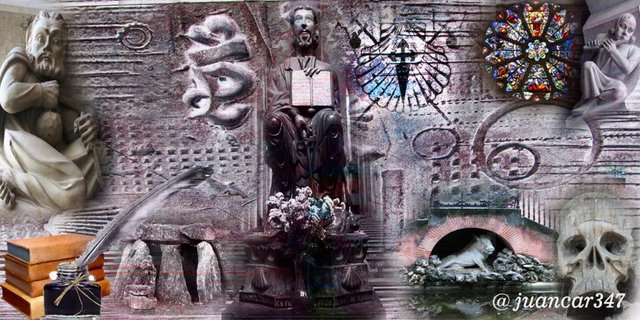
designed by: @txatxy
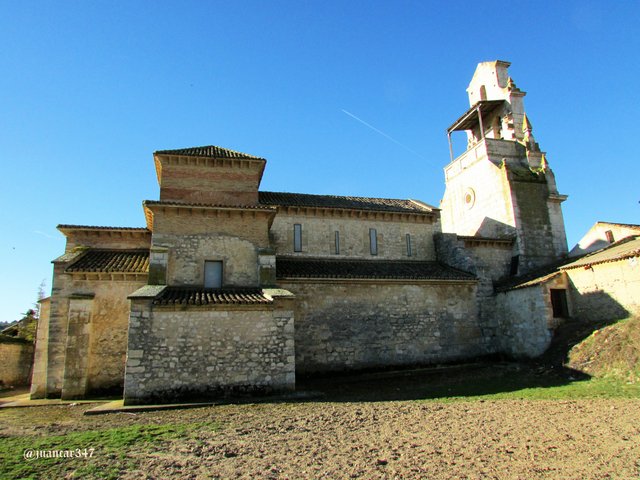
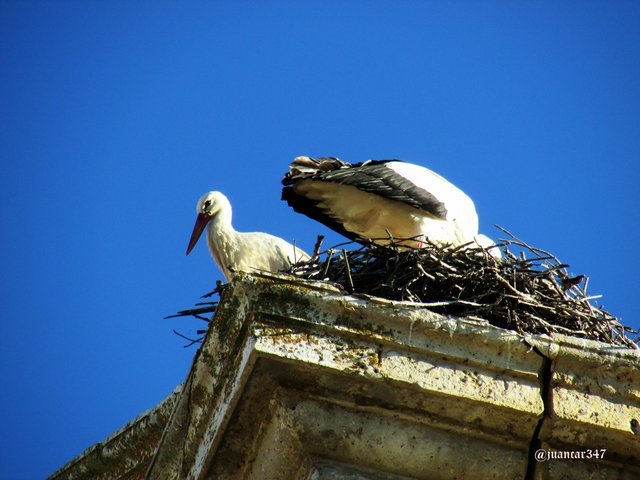
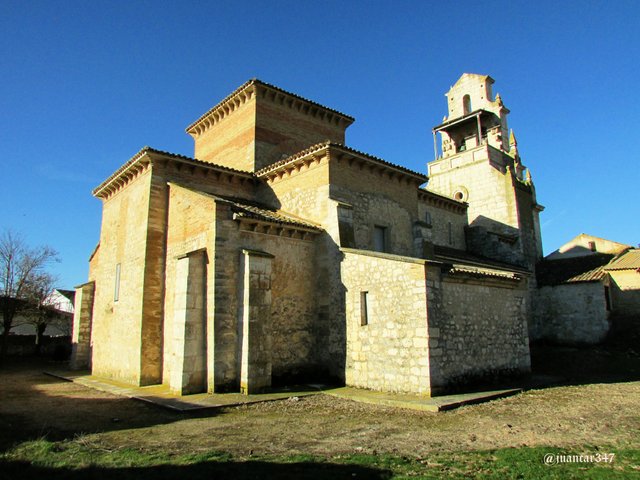
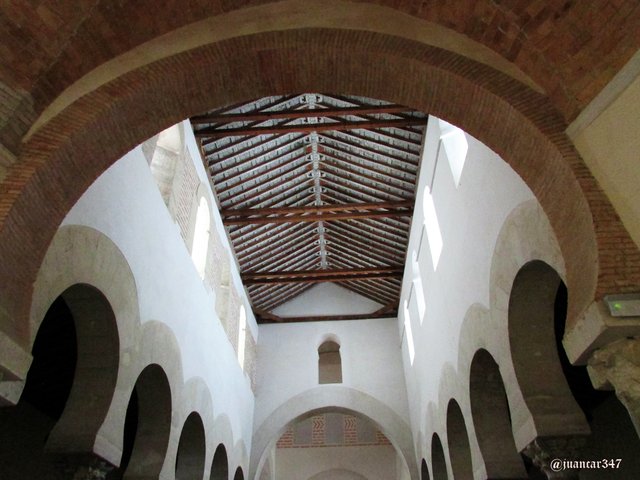
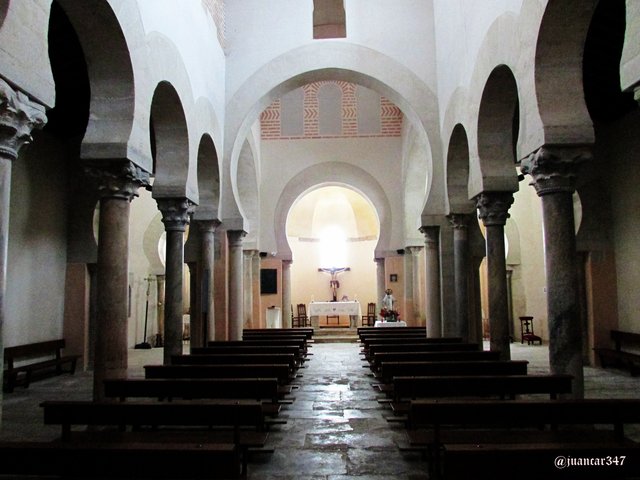
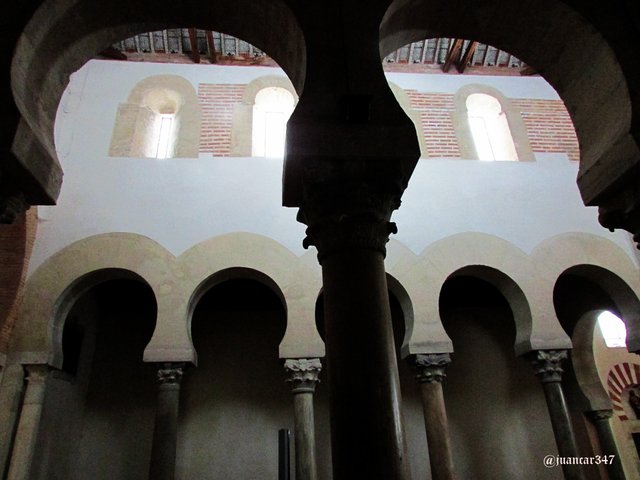
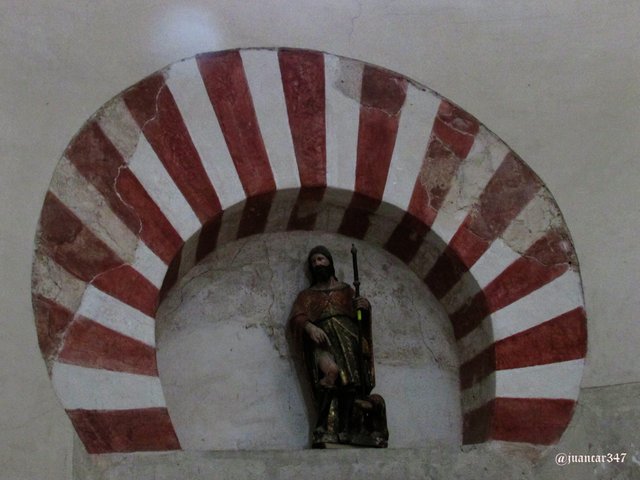
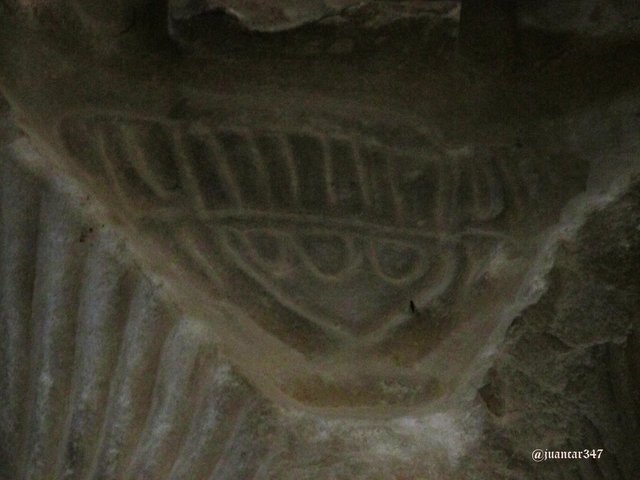

Congratulations, Your Post Has Been Added To The Steemit Worldmap!
Author link: http://steemitworldmap.com?author=juancar347
Post link: http://steemitworldmap.com?post=after-the-mozarabic-track-of-the-grail-san-cebrian-de-mazote
Want to have your post on the map too?
Downvoting a post can decrease pending rewards and make it less visible. Common reasons:
Submit
Thanks
Downvoting a post can decrease pending rewards and make it less visible. Common reasons:
Submit
Thanks
Downvoting a post can decrease pending rewards and make it less visible. Common reasons:
Submit